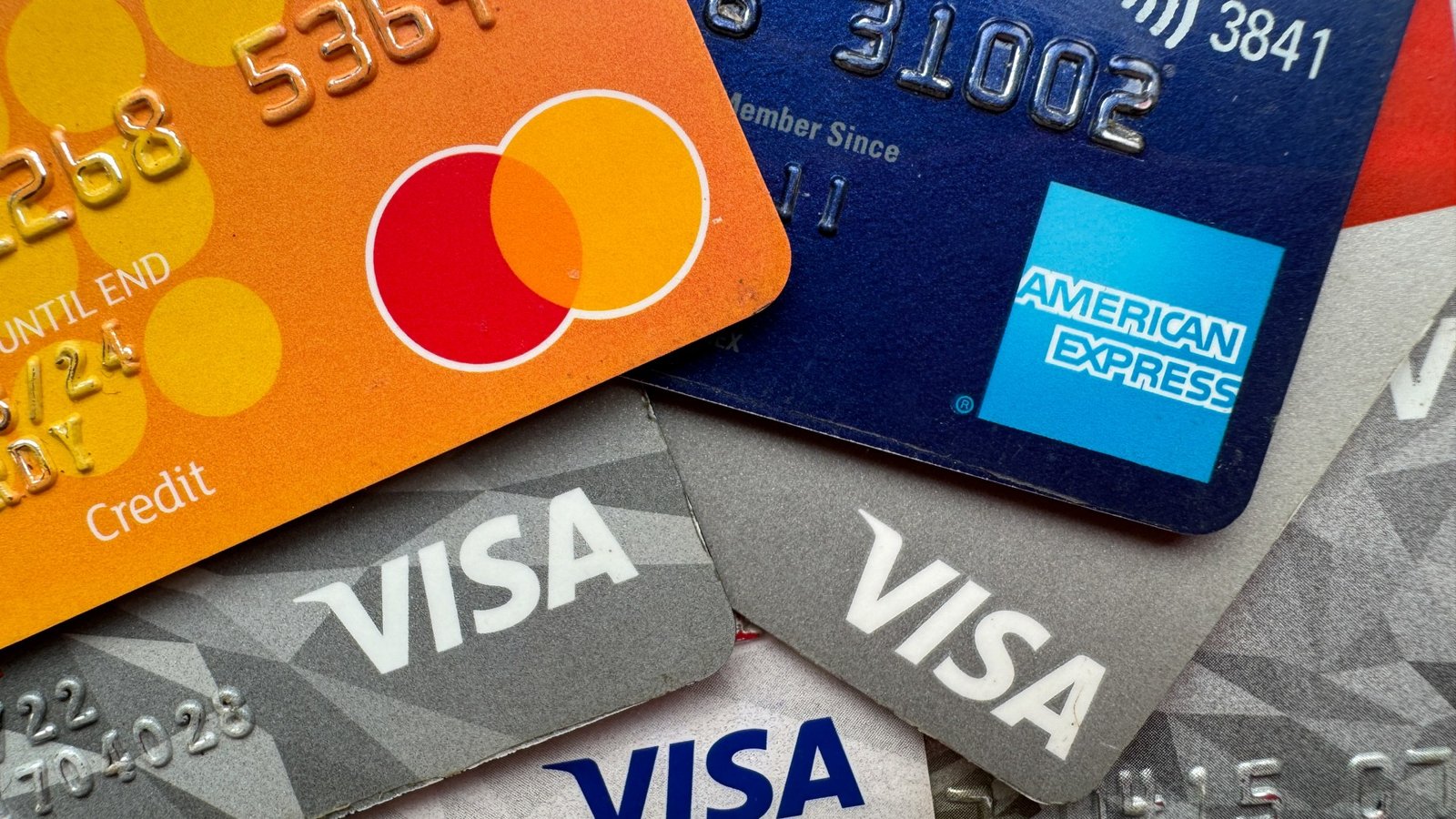MILLIONS of credit card customers are being warned to check their accounts as providers keep pushing up interest rates.
Some lenders have bumped up the interest on their cards by a whopping 12 percentage points over the last decade, The Sun can reveal.
New research by TotallyMoney for The Sun reveals how banks have significantly increased their credit card representative APRs over the past decade.
Ten years ago, in 2015, the average credit card representative APR was 17.9%.
Fast forward to 2025, and that figure has jumped to 25.2% – a rise of 7.3 percentage points.
This rise translates to a borrower paying, on average, an extra £73 in interest for every £1,000 borrowed over a 12-month period.”
Some lenders, however, have raised their rates by much more. For instance, John Lewis has increased its credit card APR from 16.9% to 28.9%, a substantial 12 percentage point rise.
Similarly, M&S Bank has seen an eight percentage point increase over the same period.
Other major lenders, including Bank of Scotland, Lloyds Bank, Nationwide, and TSB, have all raised their APRs by seven percentage points, moving from 17.9% in 2015 to 24.9% by 2025.
On the other hand, Metro Bank has kept its representative APR under 19%, with a more modest five percentage point increase over the decade.
However, the bank has since stopped offering credit cards to new customers.
Alastair Douglas, chief executive of TotallyMoney, said: “While the Bank of England may have cut rates by one percentage point in the last year, credit card companies haven’t followed.
“These hikes are a timely reminder for credit card users to review their rates and explore whether switching to a cheaper deal could save them money.”
What can I do about it?
How you use your credit card will determine the best approach for managing how much interest you’ll pay.
If you’re using it for everyday purchases or to earn rewards, it’s essential to pay off the full balance at the end of each statement period. This way, you’ll avoid paying any interest on your spending.
However, if you can’t pay off the balance in full or are using the card to manage existing debt, it’s important to switch to a low-interest or 0% balance transfer credit card.
Balance transfer cards are a lifeline for those looking to repay debt, as they eliminate interest charges on the transferred amount for a limited time, giving you breathing room to get back on track financially.
Martyn James, consumer rights expert, said: “For people considering moving their debt for an interest-free deal with another credit card provider, there are three things to factor in: the interest-free period, the transfer fee and the APR if you can’t pay off the debt in time.”
“But those who make careful use of interest-free deals can comfortably clear all their debt quickly and without the extra cost of interest.”
If you want to pay your debt down completely, you should avoid spending extra money on these cards.
Think before you borrow
BORROWING sounds like a simple way to help pay bills – but beware falling into debt you cannot pay back.
It’s always vital to ask yourself if you actually need to borrow before committing to a new credit card, personal loan or overdraft.
If you cannot afford to pay off debt you already have, you should avoid at all costs taking on any more.
What’s on offer?
Alastair said: “Balance transfers deals are getting longer.
“You can now shift your credit card debt and cut interest costs for 33 months, taking you through to February 2028.”
The leading card on the market right now is from Barclaycard, which offers an impressive 33-month 0% balance transfer deal, though it comes with a 3.45% transfer fee.
HSBC matches the 33-month 0% offer but charges a slightly lower transfer fee of 3.19%.
However, applicants should note that this deal isn’t guaranteed for everyone.
Alternatively, Tesco Bank provides competitive options, including 32-month 0% balance transfer deals, with a 3.19% transfer fee.
To compare all the available cards, visit price comparison websites like MoneySavingExpert’s Cheap Credit Club or Compare the Market.
Once you run your details through an eligibility calculator and you’ve been shown that you’re likely to be accepted, make a formal application.
To do this, you will need to provide your name, address and email address as well as details of your income so a provider can assess your eligibility.
You will also need to provide details of how much money you want to transfer to the new card, but you can often do this after you have been accepted.
How to get free debt help

There are several groups which can help you with your problem debts for free.
- Citizens Advice – 0800 144 8848 (England) / 0800 702 2020 (Wales)
- StepChange – 0800138 1111
- National Debtline – 0808 808 4000
- Debt Advice Foundation – 0800 043 4050
You can also find information about Debt Management Plans (DMP) and Individual Voluntary Agreements (IVA) by visiting MoneyHelper.org.uk or Gov.UK.
Speak to one of these organisations – don’t be tempted to use a claims management firm.
They say they can write off lots of your debt in return for a large upfront fee.
But there are other options where you don’t need to pay.




